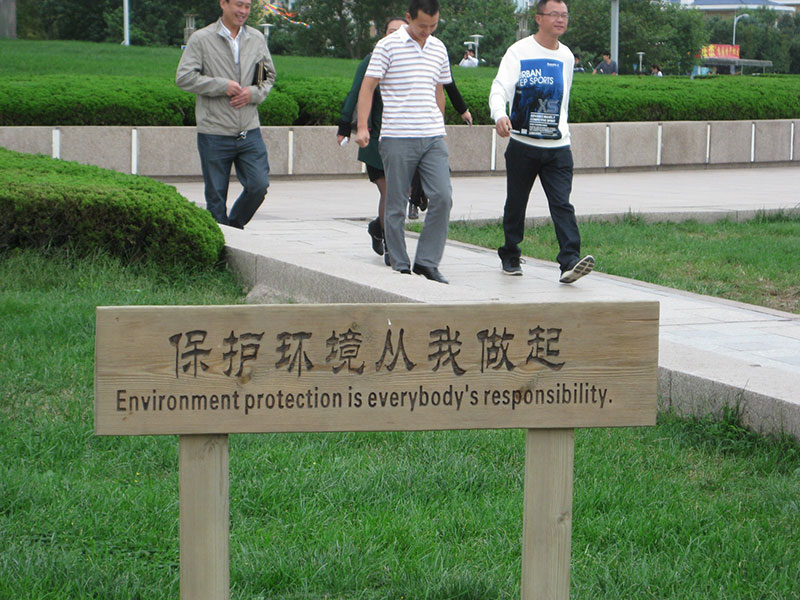In 2016, the Chinese government struggled to build credibility in its capacity to handle serious environmental issues both at home and abroad. The past two years have seen a flurry of new laws, plans, and agreements passed with great fanfare by the government to address China’s severe and growing pollution levels. However, the new enforcement mechanisms established by these policies have lacked immediately discernible impact. Instead, the signing of the Paris Agreement and promulgation of the most environmentally friendly Five-Year Plan notwithstanding, China experienced new, high-profile environmental disasters that clouded an already troubled legacy.
In November 2016, Tianjin courts announced that they would jail forty-nine individuals in connection with the massive explosions that rocked the city in August 2015 and killed at least 173 people. Managers and employees of the chemical warehouse responsible for the blast were given hefty sentences alongside twenty-five government officials accused of accepting bribes and dereliction of duty.
Public fury over the Tianjin disaster, however, appears to have had little impact in preventing similar disasters from occurring; according to government statistics, from January to August 2016, 199 people were killed and an additional 400 injured in chemical accidents. The lessons learned from the Tianjin incident have apparently made for little actual change in China’s accident-plagued chemical industry.

Public signs in China reminding people that the environment is everyone’s responsibility
Source: Environmental Law Prof Blog
This year also saw public fear spread beyond warehouses to somewhere less expected: China’s schoolyards. In late April 2016, CCTV broadcast a report on the spate of pollution-related illnesses at Changzhou Foreign Languages School in Jiangsu Province, the seriousness of which local government agencies tried to deny (see ‘Environmental Disasters’). The incident inflamed public opinion and damaged public impressions of the government’s efforts to take action. This mistrust was further heightened by reports that school running tracks constructed from industrial waste were causing students across China to suffer nosebleeds, headaches, and coughs. The Ministry of Education subsequently vowed to replace all running tracks at schools in the afflicted areas. Damage to public opinion will prove more difficult to remedy.
Meanwhile, once of the most widely-lauded new mechanisms for remedying a wide array of environmental ills, environmental public interest litigation, saw only modest progress. A year after the passage of the Environmental Protection Law in 2015, non-governmental organisations (NGOs) and public prosecutors have filed nearly one hundred lawsuits. (See the China Story Yearbook 2015: Pollution, ‘The Rise of Public Interest Litigation’, ‘Green Good News’, and ‘The New Environmental Protection Law‘) In January 2016, the Supreme People’s Court imposed the largest fine ever recorded in a public interest environmental case in China for illegal waste disposal and other actions that harmed the environment. This marked one of the very few public interest environmental cases concluded in 2016, despite the rhetoric that accompanied the initial launch of the new legal mechanism.
Movement in environmental public interest cases remains sluggish in part because of a lack of financial resources. While approximately 700 NGOs are legally qualified under the new law to file such litigation, to pursue these cases is expensive, and underfunding of China’s civil society organisations remains a major hurdle to action. More fundamentally, the government is too skittish about possible civil unrest to give free reign to individuals and organisations that might use litigation more aggressively.



